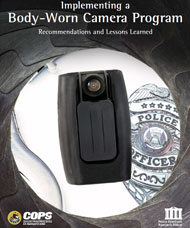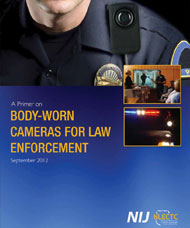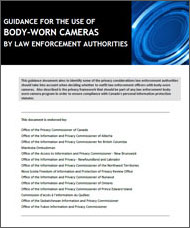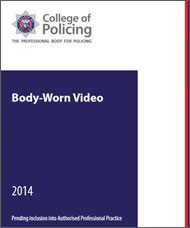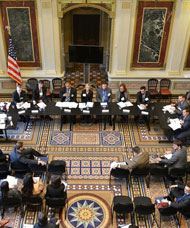MENU
JUMP TO
Implementing an effective body-worn camera (BWC) program involves far more than procuring and disseminating equipment to officers. Before launching a program, an agency should develop a comprehensive plan and engage a broad group of criminal justice stakeholders and community members. Working groups composed of these individuals should help develop documented policies and procedures that address the six most common BWC policy areas (video capture, viewing, use, release, storage, and audits/controls). Technical solutions are designed and procured based on an agency's specific hardware and software requirements that leverage regional data storage opportunities and larger government procurements. Lastly, an effective BWC program is supported by a comprehensive communication and education campaign that involves stakeholders in law enforcement, courts, prosecution, the defense bar, civic leadership, labor organizations, victim and juvenile advocacy, the media, and the public. As such, many programs launch in phases and include post-implementation evaluation, monitoring, and measurement.
- Download the Law Enforcement Implementation Checklist for guidance.
BWC Podcast Series
For more about these topics, please check out the BWC Podcast Series.
Subject Matter Experts Share
See the YouTube Terms of Service and Google Privacy Policy
Featured Resources
COPS BWC Guide
This Police Executive Research Forum document captures lessons-learned and recommendations for implementing body-worn camera programs
NIJ BWC Primer
NLECTC published a primer that answers basic questions about body-worn cameras and implementation issues
Canada’s BWC Implementation Guidance Document
Guidance for the Use of Body-Worn Cameras by Law Enforcement Authorities
UK Recommendations
The UK College of Policing released a recommendation document to assist agencies wishing to implement body-worn video programs
BJA Expert Panel
Justice professionals representing law enforcement, courts, prosecution, public defense, labor organizations, and advocates for privacy, victims, and juveniles initiated Toolkit discussions



